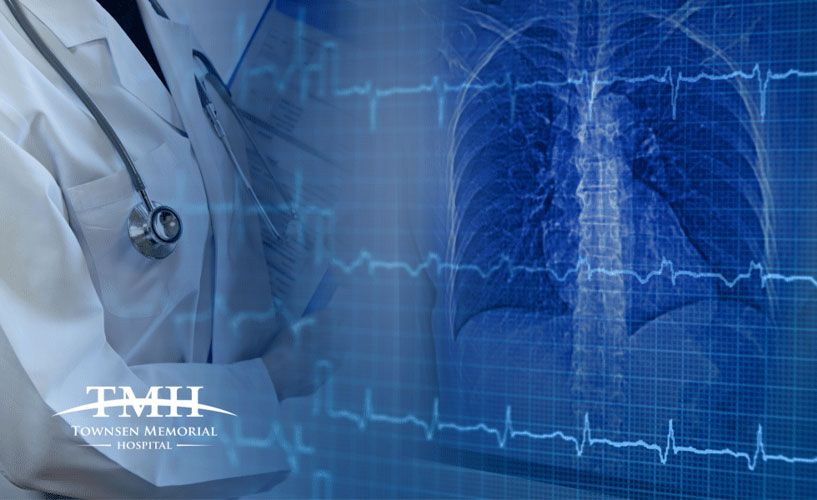The Future Of Diagnostic Imaging

As scientists research and discover new trends and innovations, the landscape of medical imaging is ever-evolving. The technology that shapes and drives diagnostic imaging has grown steadily, allowing radiologists to use things like MRI, tomography and more as a window into the human body. Fortunately, this rapid growth bodes well for the future of medical imaging. Three major trends are expected to emerge, evolve and improve throughout the 2020s: 3D imaging, Artificial Intelligence, and wearable technology.
3D Imaging
Three-dimensional imaging takes a typical CT or MRI and makes it better, allowing doctors to see a realistic rendering of the body part. Radiologists use the current CT or MRI scans, along with cinematic rendering–a process that uses augmented reality software to capture a realistic image that can be viewed from any angle. The image includes texture, which is beneficial for scans of tumors or arteries, and can aid physicians in diagnosing an illness or determining a treatment plan.
In the future, scientists predict that the use of special eyewear along with 3D imaging will help doctors gain more important information about a specific body part or illness than ever before. And it’s likely going to be possible for doctors to 3D print a replica of the illness or body part for further use in research, diagnosis and treatment.
All together, 3D imaging gives physicians an extremely realistic view of the medical issue at hand, requiring less guesswork when it comes to a diagnosis.
Artificial Intelligence
A majority of companies in the medical field are now looking to Artificial Intelligence, or AI, to improve patient treatment and care. However, AI is already changing medical imaging for the better. Software is now used to develop algorithms based on patient data that can predict certain diagnoses, as well as assist radiologists in identifying issues that aren’t visible to the human eye. This helps save valuable time and resources and can lead to a more accurate diagnosis.
Wearable Technology
Portable, or wearable, technology can be used to collect info.This technology can be used to better understand how a patient manages their health while at work or home, as well as what risks or activities could be influencing their care.
Portable medical imaging devices, like a portable brain scanner or MRI glove are on the rise, as they are inexpensive and can assist medical professionals in making a diagnosis in any setting. If a more serious issue is discovered, the patient can be referred to the hospital or their doctor’s office for more comprehensive care.
Townsen Memorial Hospital Is Here For You
At Townsen Memorial, safe, effective, and affordable care is our top priority. Therefore, we strive to provide the best patient experience across all Townsen Memorial affiliated sites. The high-quality care starts at our Emergency Room and carries on through our Imaging Centers, Surgery Centers, and up through our Townsen Memorial Hospital. Our medical sites are located in Houston, TX, and the surrounding areas, to provide the best care to patients in and around Harris County. To learn more, visit our website or call 1-877-494-9487.